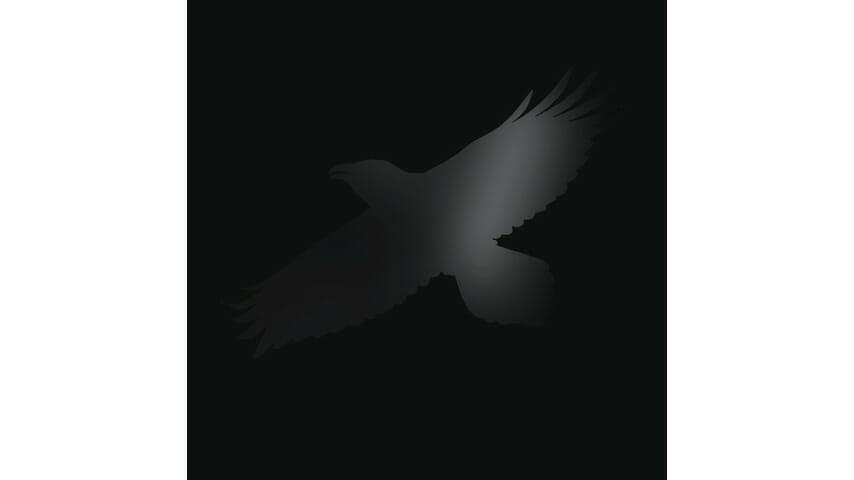Sigur Rós Dig Up Some of That Old Odin’s Raven Magic
A newly unearthed 2004 recording of their classic lineup, Odin’s Raven Magic stands as one of the band’s most impressive accomplishments

It should come as no great shock that, back in 2002, Sigur Rós decided to collaborate with a chanting fisherman and an ordained practitioner of the Pagan religion with an official title of “chief god.” Iceland’s most globally recognized act since Bjork, Sigur Rós have always demonstrated a taste for the odd, to say the least, and the band has often created its own musical universe via sounds that defy description. Odin’s Raven Magic, a 2004 recording of a live performance of the aforementioned collaboration, captures the band weaving itself into an operatic score for the Hrafnagaldur Óðins (“Odin’s Raven Magic”) chapter from the poetry volume of the Edda (aka The Poetic Edda), a collection of epic poetry transcribed in the 13th century (with much older roots) that comprises one of the foundational texts of Norse mythology, and the cosmology of the early Icelandic people in particular.
Conversely, the album also spotlights a custom-made stone marimba with no precedent of prior use in Icelandic music. Still, where Sigur Rós on their own have tended to use exotic instruments as jumping-off points for imaginative flights of fancy, the framework for Odin’s Raven Magic grounds the band and shows that, when they wanted to, they were more than capable of tempering their penchant for extravagant strangeness. Which is not to say that Odin’s Raven Magic’s doesn’t contain many of the band’s signature hallmarks—like the rest of the Sigur Rós discography, the album comes drenched in mood, as well as an incomparable sense of elegance.
Just as Sigur Rós were in the thick of working on their untitled “brackets album,” the follow-up to their breakthrough sophomore effort Ágætis Byrjun, the band was approached by Hilmar Örn Hilmarsson, who had just been commissioned by the Reykjavik Arts Festival to come up with a new work. Hilmarsson—a film composer and musician of towering stature in Iceland, as well as a progressive high priest (that’s “chief god” to you and me) of the Norse religion Ásatrúarfélagið (officially recognized by Iceland’s government in the early ‘70s)—had long been drawn to the Edda, and had been intrigued by the possibility of working with Sigur Rós from the first time he’d heard them in 1999.
The Hrafnagaldur Óðins section of the Edda delves into apocalyptic themes where both humans and the gods face the prospect of the end of the world. Hilmarsson envisioned being able to transpose those themes into modern ecological concerns, particularly as they resonate in Iceland vis-à-vis climate change, etc. When you listen to the album, it’s clear from the outset that Hilmarsson recruited Sigur Rós precisely because he wanted them to bring their melodramatic vibe to the proceedings. And they certainly deliver: Odin’s Raven Magic is as brooding as anything the band has ever done. But anchored in a sense of real-life concern, the music here is less indulgent, with the band taking great care to convey a sincere feeling of mournfulness, even as it communicates in the exaggerated gestures of the operatic tradition.
Listening back to the way Odin’s Raven Magic unfolds, it’s a miracle that the band learned the orchestrations, came up with their own augmentations for them, and got the execution tight enough to perform in the space of just two weeks—especially as its longest-running lineup of frontman Jónsi Birgisson, bassist Goggi Holm, now-departed keyboardist Kjartan Sveinsson, and now-departed drummer Orri Páll Dýrason had only recently solidified. The performance on the album itself took place two years later, but even still, fans should regard Odin’s Raven Magic as one of Sigur Rós’ most impressive accomplishments.
-

-

-

-

-

-

-

-

-

-

-

-

-

-

-

-

-

-

-

-

-

-

-

-

-

-

-

-

-

-

-

-

-

-

-

-

-

-

-

-








































